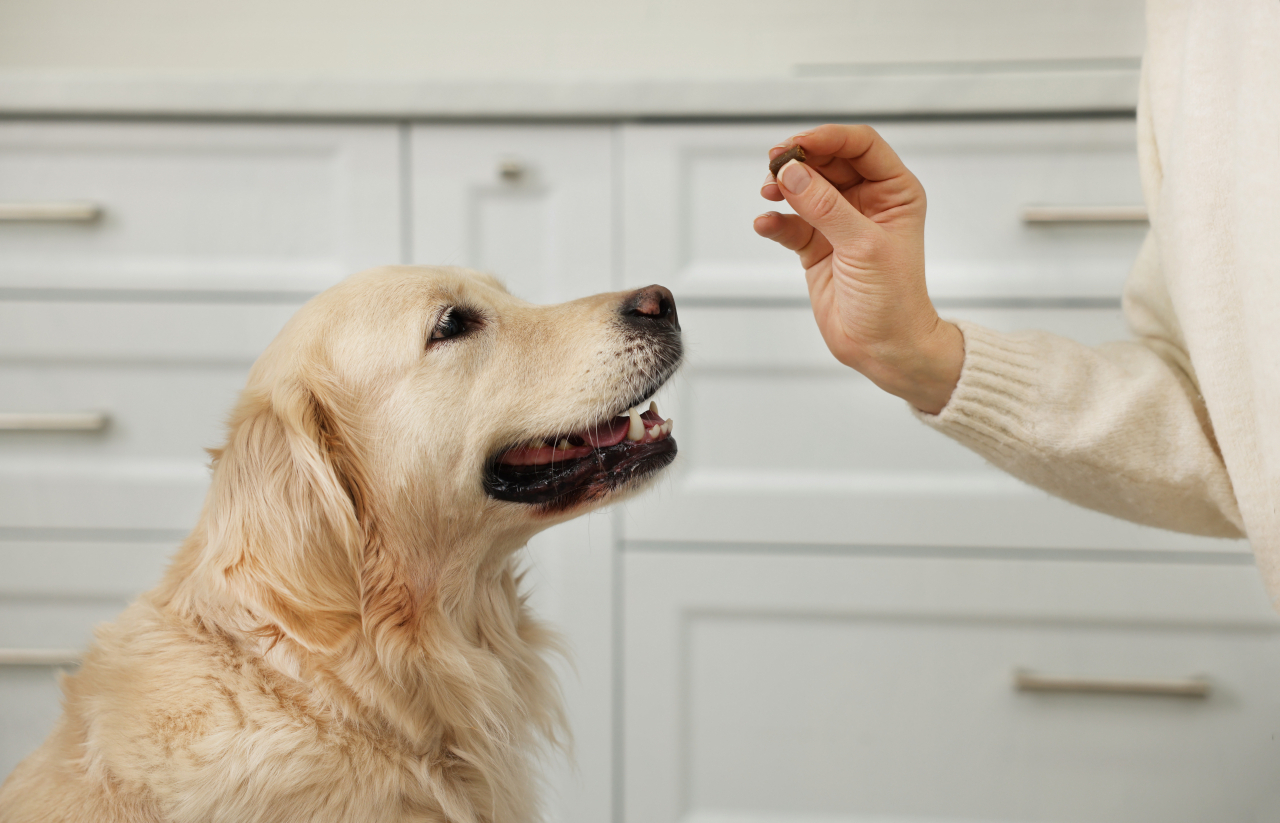 |
(123rf) |
The domestic veterinary medicine market appears to be expanding, given the myriad of new pet health care products coming out in the market. Yet local firms are struggling to expand due to low marketability, according to industry sources.
“The domestic veterinary drug market is a red ocean,” said an official from a local pharmaceutical company that has been selling veterinary medicines for decades in the country.
“With global drug giants already dominating the nascent market, local players are competing to win the remaining small portion,” he added.
According to the Korea Animal Health Products Association, South Korea imported animal drugs from 106 foreign companies in 2021, while there were 61 domestic firms involved in commercializing animal drugs.
In terms of sales volume, foreign companies were responsible for 113.6 billion won ($90 million) of the veterinary drug products in the local market, while those produced by South Korean companies amounted to 83.7 billion won.
“Many pet owners here prefer to use drugs developed by foreign firms, which prevents local players from launching copy drugs,” said an official from KAHPA, who wished to be unnamed.
“If local firms want to increase their footing in the animal drug market, they have to develop their own original drugs that can substitute for imported ones. But many of them have already withdrawn their bid due to lukewarm consumer response.”
According to a report released by Korea Innovation Foundation, the domestic veterinary medicine market has reported an annual growth rate of 3.8 percent to reach $303 million in 2027, up from $248 million in 2019.
The growth rate is lower than that of the global veterinary medicine market. The same report said the global veterinary medicine market is expected to report an annual growth rate of 4.6 percent to reach $29.6 billion in 2027, from $22.9 billion in 2019.
Another key reason preventing the local pet drugs market from expanding is that veterinarians here are allowed to use human medicines for treating animals, under the Pharmaceutical Affairs Act.
Because human drugs are required to undergo animal tests before verifying their safety and effectiveness on humans, drugmakers can develop their animal versions at lower prices by making relatively small adjustments.
But due to the same reason, many veterinarians here use human drugs for animals almost with few regulations, leaving little room for the domestic market for animal drugs.
“Many foreign countries regulate veterinarians to use human drugs only when there is no commercialized veterinary drug to use. But there is no such law to prevent it in South Korea,” said an official from a local drug company who wished to be unnamed.
More fundamentally, industry officials point out a low pet registration rate in Korea, which reflects the public sentiment on animal health care and the market potential of related products and services.
In Korea, only around 50 percent of pet dogs are microchipped for their identification, despite it being mandatory. For pet cats, it is not mandatory. An estimated less than 1 percent of cats are registered with chips.
“Due to high medical expenses, many people still decide to give up their pets rather than pay medical expenses,” an industry official said on condition of anonymity. “Without a drastic increase in the pet registration rate, there seems no immediate breakthrough in the lukewarm pet medicine market here.”
Another key indicator to gauge the nation’s pet health care is the insurance market, which is still in its infancy. Last year, the number of pets with insurance plans stood at 55,000, a small number compared to the millions of households estimated to have pets in Korea.







